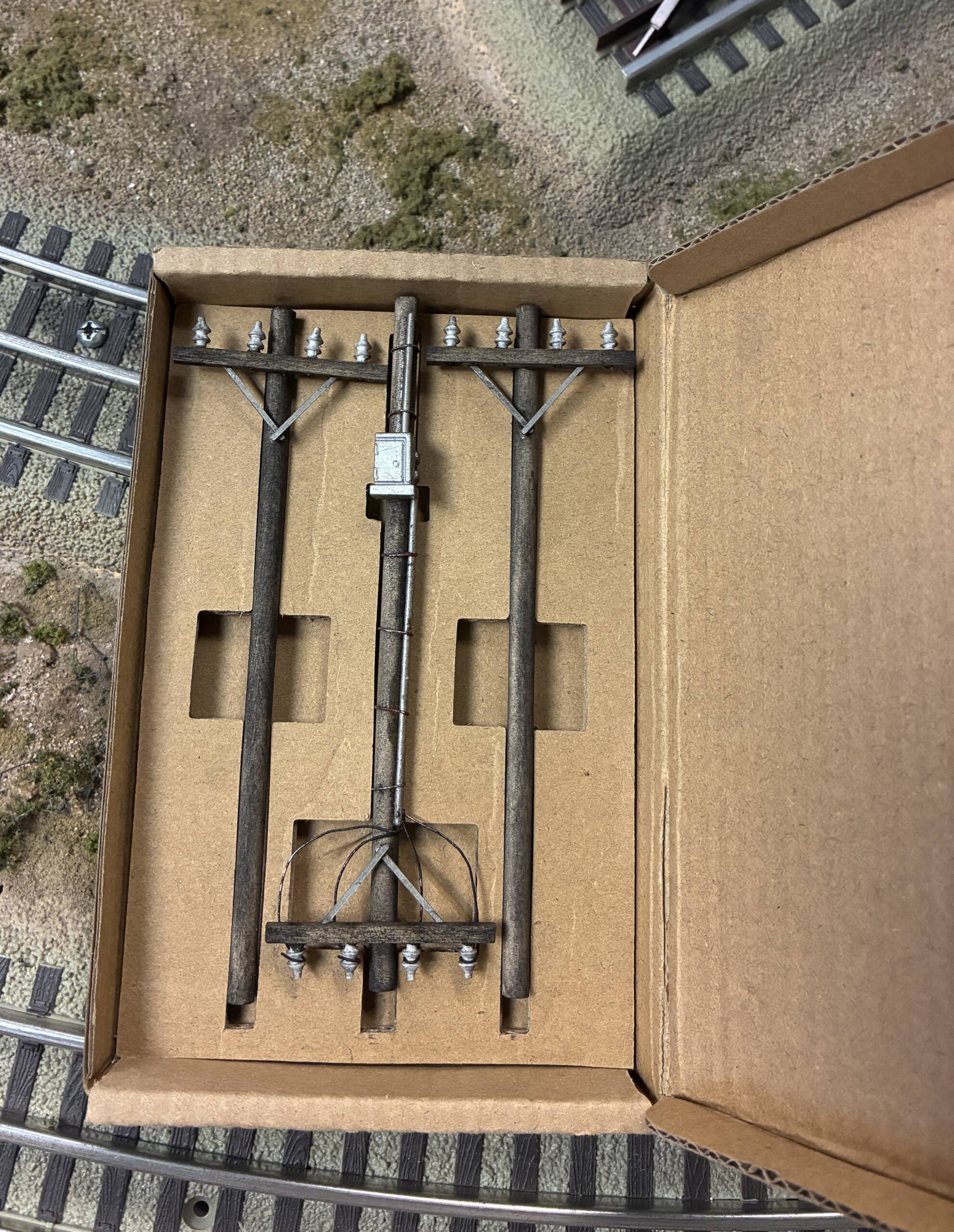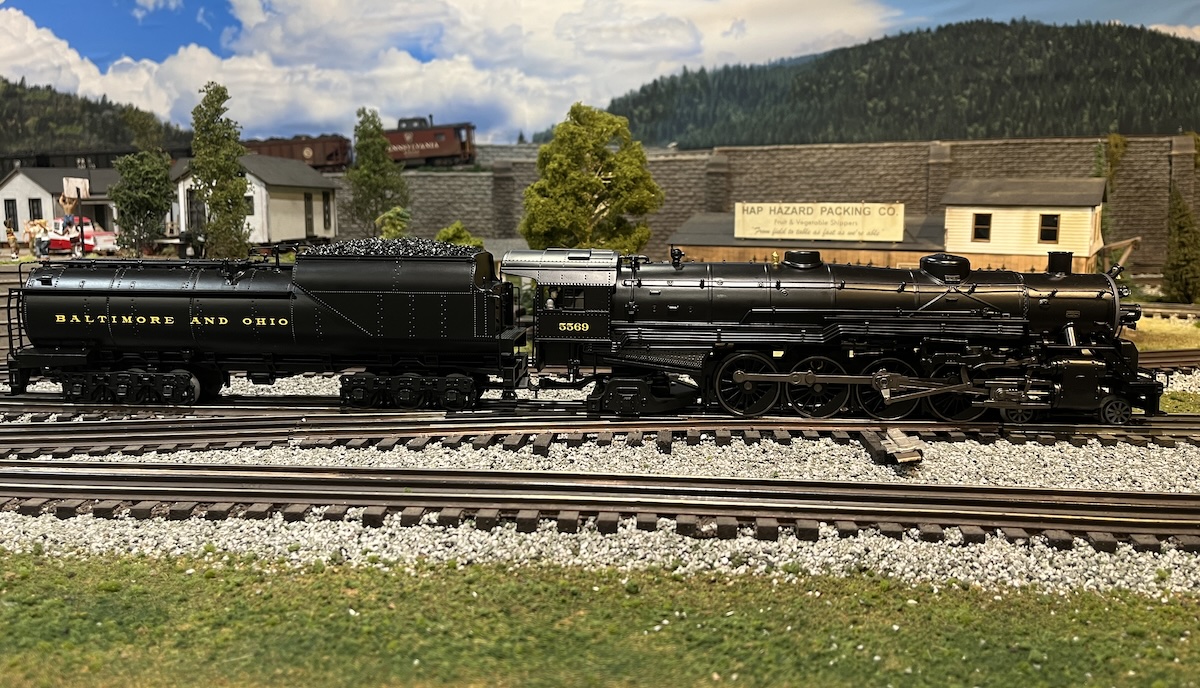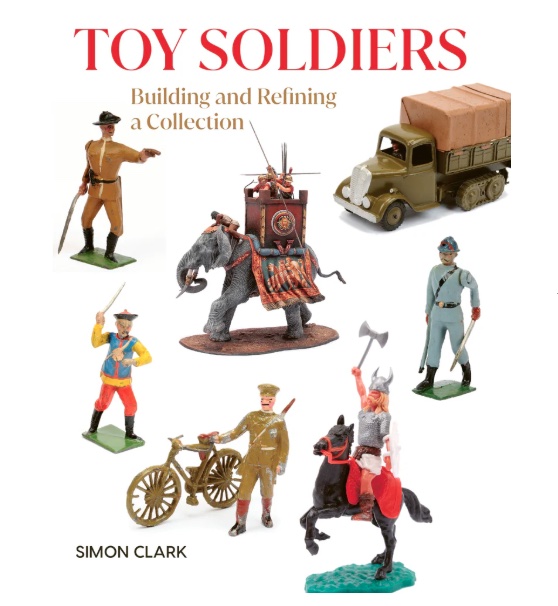The $64 question among folks who have seen the catalog has been, “Will Williams be able to do it right?” From my examination of its new Canadian Pacific F3s and matching aluminum car set, the answer is a hearty yes.
This is the first Golden Memories outfit we’ve tested. It is a production sample modeled after the famed Lionel no. 2296W Canadian Pacific passenger set from 1957.
That O gauge outfit remains one of the most sought-after postwar train sets, with like-new and better sets including boxes valued at $10,000 or more. The Williams postwar outfit consists of powered and dummy F3 units, three aluminum dome cars, and an aluminum observation car.
The model
The prototype Electro-Motive F3 diesel needs little introduction to CTT readers. More than 1,700 of the 1,500-horsepower locomotives were built for North American railroads. Just a handful of F3 A and B units still exist, and all are in the custody of museums or preservation societies.
Williams’ Canadian Pacific F3 set is clearly a model of Lionel’s postwar outfit. What this model shares with the actual Canadian Pacific train is no more or less accurate than the Lionel model was back in the 1950s. That said, Williams’ F3 reproduction truly captures the look of the postwar version – except better.
Just the fact that the F3 is made from brand-new tooling, and not something molded from dies first made when Harry Truman was in the White House, is a definite plus.
The Williams locomotive is a duplication of an early Lionel postwar F3 diesel with rooftop screens, open portholes, and separately applied grab handles on the nose. For the record, Lionel’s no. 2373 Canadian Pacific F3 was produced after those body shell features were deleted.
The front of the Williams locomotive features a heavy, die-cast metal pilot with added detail that the postwar original lacks. This looks pretty sharp, and the difference is apparent when you look at the side-by-side photo on page 93 of a postwar Lionel New York Central F3 with the Williams Canadian Pacific F3.
An actual F3 diesel A unit measures 50 feet, 8 inches coupler-to-coupler. The Williams F3 coupler to coupler length is 54 scale feet (131/2 inches), which is the same as Lionel’s postwar model.
The passenger cars are first-rate and feature 15-inch extruded aluminum bodies. These cars, based on Lionel’s postwar 2500-series streamliners, were first offered by Williams as kits back in the 1970s and later sold ready-to-run.
I have a few 20-plus-year-old Williams aluminum cars that I picked up at a train meet many years ago. The performance differences between those cars and the modern cars are like night and day. The modern cars look similar, but roll better than the older versions.
Each car weighs 1 pound, 131/2 ounces. They have plastic end caps and domes, and the side windows use tried-and-true plastic silhouette inserts. The cars also boast interior illumination powered by a pickup roller on each truck and have die-cast metal trucks and couplers.
The painting and decoration of our sample locomotives and cars were outstanding. The yellow accent lines between the maroon and gray on the locomotives are clear and crisp.
The decoration of the noses of both A units, with stripes and beaver logos, is second to none. The aluminum finish on the cars is beautiful, and the application of the “Canadian Pacific” and various car names is just right.
On the test track
Our sample train set was what Larry Harrington, marketing manager at Williams, described as a “production quality” model. There was nothing “experimental” in the appearance or operation of this model, and yours right out of the box should look and perform just like ours did.
The F3 operated pretty much like other Williams locomotives do – powerful, fast, and very smooth in all speed ranges. The two can-style motors with flywheels in the powered unit are whisper quiet.
Our conventional-control mode low-speed average was 14.7 scale mph, while our high-speed average was a rocket-like 201.5 scale mph. Drawbar pull for the 4-pound, 51/2-ounce model with traction tires was a hefty 2 pounds, 14 ounces.
The locomotive’s cab is illuminated, but like the postwar Lionel version it lacks any interior detail. Beyond the can-style motors, the only acknowledgment of contemporary technology is the TrueBlast II horn.
This sounds great. Just press the horn button once and you get a pre-programmed grade-crossing blast – long, long, short, and long.
The passenger consist ran well. Flickering lights were kept to a minimum, thanks to two pickup rollers on each car.
The Williams Canadian Pacific set is made for operators like me, who admire the postwar Lionel train set but would never pay the premium collector price it carries today. So don’t fret that the Williams set doesn’t come in a tan basket-weave box of 1957. Just open the lid and enjoy!















I have an ABA set of Williams Santa Fe F3s and they were anexcellent purchase in my opinion. The paint is flawless and they run just as well. I heartily reccomend Williams By Bachmann F3s to anyone looking for a basic no frills diesel locomotive that will run and run. Great job WBB.